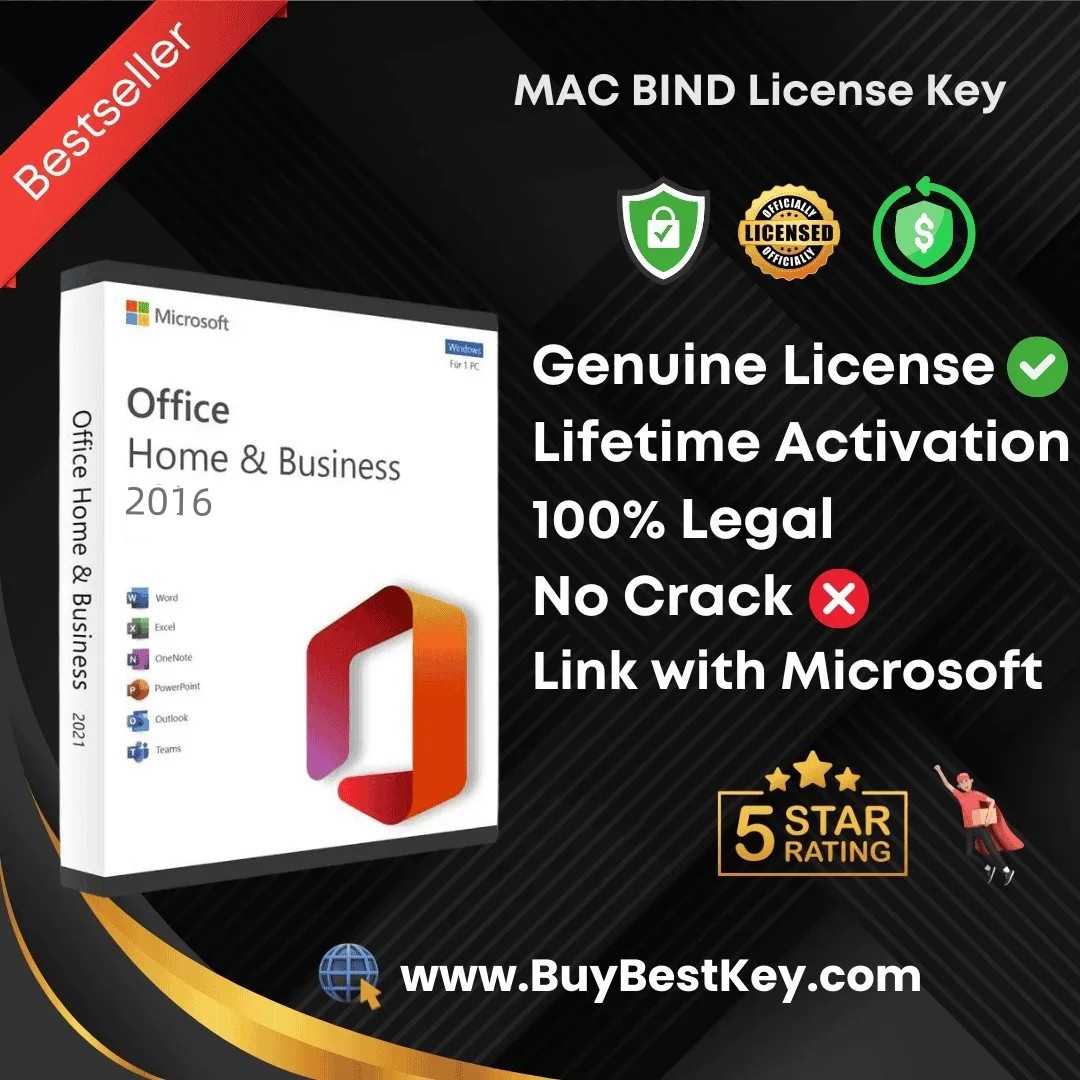
,文章长度约1000字
# Microsoft Office License Key Activation Guide
## Introduction to Microsoft Office License Keys
Microsoft Office is one of the most widely used productivity suites in the world. To use the full version of Office applications legally, you need a valid Microsoft Office license key. This key serves as proof of purchase and allows you to activate your software.
A Microsoft Office license key typically consists of 25 alphanumeric characters divided into five groups of five characters each. These keys can be purchased directly from Microsoft, authorized retailers, or through volume licensing for businesses.
## Types of Microsoft Office Licenses
Before activating your Microsoft Office license key, it’s important to understand the different types of licenses available:
### 1. Retail License
This is the standard license purchased by individual users. It allows installation on one computer and can be transferred to another device if needed.
### 2. Volume License
Designed for businesses and organizations, these licenses allow multiple installations across different devices under a single agreement.
### 3. OEM License
Original Equipment Manufacturer licenses come pre-installed on new computers and are tied to the specific hardware they were purchased with.
### 4. Subscription License
Office 365 (now Microsoft 365) uses a subscription model where you pay annually or monthly for access to Office applications.
Keyword: microsoft office licence key
## How to Find Your Microsoft Office License Key
Locating your license key depends on how you purchased Office:
– For retail purchases: Check the product packaging or the confirmation email if purchased digitally
– For pre-installed versions: The key might be embedded in your computer’s BIOS or printed on a sticker on your device
– For online purchases: Log in to your Microsoft account to view your product keys
– For volume licenses: Contact your organization’s IT department
## Step-by-Step Activation Guide
Follow these steps to activate your Microsoft Office using your license key:
### Step 1: Install Microsoft Office
If you haven’t already, download and install the Office suite from Microsoft’s official website or use the installation media that came with your purchase.
### Step 2: Open Any Office Application
Launch Word, Excel, or any other Office application. You’ll typically see an activation prompt when opening it for the first time.
### Step 3: Enter Your License Key
When prompted, carefully type in your 25-character Microsoft Office license key. Make sure to enter it exactly as shown, paying attention to uppercase letters and numbers.
### Step 4: Sign In to Your Microsoft Account (Optional)
For certain versions, you may need to sign in with your Microsoft account to complete the activation process. This helps with license management and future reinstalls.
### Step 5: Complete the Activation
Follow any additional on-screen instructions to finalize the activation. Your Office applications should now be fully functional.
## Troubleshooting Common Activation Issues
If you encounter problems during activation, try these solutions:
### 1. Invalid Key Error
Double-check that you’ve entered the key correctly. If the error persists, contact Microsoft support with proof of purchase.
### 2. Already Used Key
Retail licenses can only be activated on one computer at a time. If you’re reinstalling, you may need to deactivate the previous installation first.
### 3. Internet Connection Problems
Some activations require an internet connection. Ensure you have stable connectivity during the process.
### 4. Version Mismatch
Make sure your license key matches the version of Office you’re trying to activate (e.g., Office 2019 key won’t work with Office 2021).
## Managing Your Microsoft Office License
After successful activation, you can manage your license through:
– The Microsoft Account website
– The Office application (File > Account in most apps)
– The Volume License Service Center for business users
Regularly check your license status to ensure compliance with Microsoft’s terms of use and to avoid unexpected service interruptions.
## Frequently Asked Questions
### Q: Can
Leave a Reply